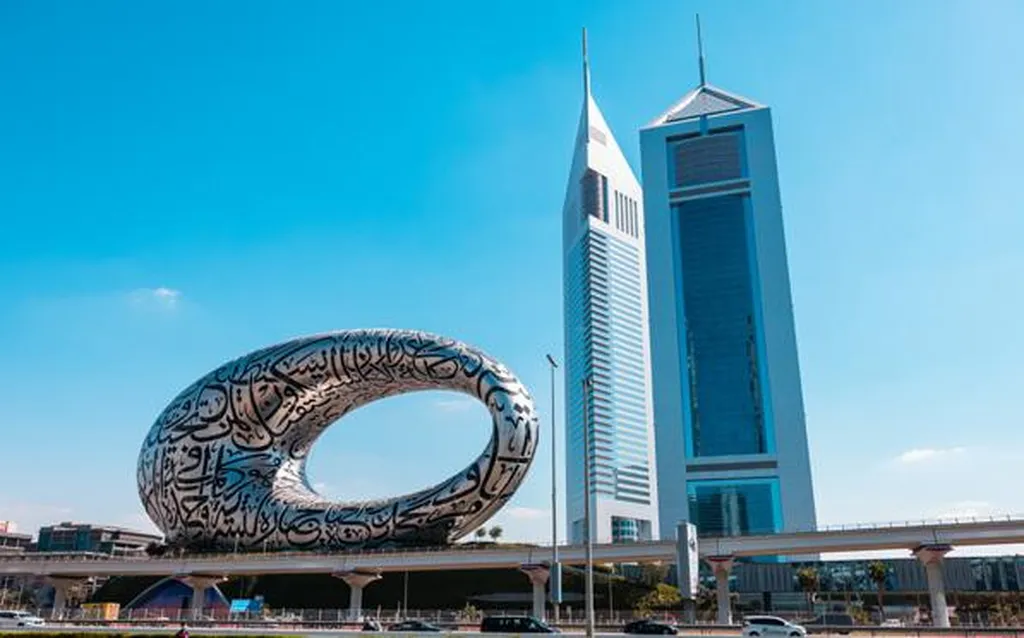India is rapidly emerging as a major player in the global aerospace and defence market, with an estimated USD 2.3 trillion in requirements by 2030. This growth is fuelled by increasing defence budgets, modernisation programs, indigenous manufacturing initiatives, and the expansion of commercial aerospace activities. The country’s focus on self-reliance, technological advancements, and strategic partnerships is set to bolster its position in the sector significantly.
The defence procurement process in India is a critical aspect of its national security strategy and is increasingly seen as the next driver of economic growth. The sector is witnessing a transformative shift, akin to the digital revolution, which is reshaping governance, enterprises, and societal engagement. This digitalisation is absorbed by a complex web of stakeholders, from policymakers to the general public, and is radical in its scope and impact. The defence industry must take a bold cue from this digital transformation to drive innovation and efficiency.
To change the course of the defence industry, India must prioritise technology transfer for self-reliance. As outlined in a book by Lakshman Singh and Gaurav Yadav, officers at Hindustan Aeronautics Limited (HAL), technology transfer (ToT) is a crucial process for redeploying technology from one area to another. The prevalent method of the lowest bidder (L1 vendor) holds no ground now. Instead, the policy on defence manufacturing must be based on the highest percentile score of the vendor, ensuring they are technically qualified.
However, there are several challenges in achieving deep technology transfer. In many projects, the ToT offered is limited to 30-40%, with the nucleus module of the system often restricted due to strategic reasons or company policies. This lack of technical information from the original equipment manufacturer (OEM) hampers indigenisation efforts. Additionally, heavy investments are required for lower ToT content, and there is often a lack of clarity regarding funding sources. The non-availability of required materials within the country and dependency on imports for items covered under ToT further complicate the process.
Technical evaluation is a critical stage in the defence procurement process. The Technical Evaluation Committee (TEC) assesses the technical aspects of proposals to ensure they meet required standards and specifications. During trials, various agencies, including the armed forces, DRDO, DGQA, and representatives from OEMs/DPSUs, participate in meticulously planned evaluations. Military personnel provide valuable feedback on usability and functionality, contributing to the refinement of specifications.
For “technology-sensitive, strategic, and complex in manufacturing” systems, Laxman suggests that design ToT is essential. This may require development/co-development and joint production, which should be discussed with the licensor/OEM before finalising the production ToT. The ToT should focus on “technology” rather than just the product. In cases where core technology cannot be absorbed due to high investment, the Government of India (GOI) should intervene and decide on a ‘strategic investment’ to absorb the technology in India. This strategy could be integrated into the GOI’s Defence Corridor Programme.
The Contract Negotiation Committee (CNC) stage is complex and involves addressing concerns from the trial stage, ensuring compliance with procurement guidelines, and rationalising costs without compromising quality. Reforms must build a compact department based on key objectives, including ToT transfer, offset clauses, settling pricing, delivery schedules, and payment terms.
The Defence Acquisition Procedure (DAP) 2020 introduces several acquisition categories and indigenous incentives. These include Buy (Indian – IDDM), Make-I, Make-II, Production Agency in Design & Development, SP model, and OFB/DPSU—reserved exclusively for Indian entities with FDI ≤ 49%. Another category is Buy (Global – Manufacture in India), which requires components or full manufacture to be done in India via subsidiaries, promoting FDI while protecting domestic interests.
However, the success of these initiatives has been mixed. The FDI in defence must be targeted openly and wisely to boost tech transfer and absorption. Despite expanding the FDI cap (up to 74% automatic, 100% via approval), actual investments remained minimal in earlier years. Ease of doing business and reforms are crucial for streamlining the procurement process. Project Management Units (PMUs) ensure time-bound procurement and faster decisions. The Acceptance of Necessity (AoN) is streamlined for single-stage AoN for cases up to Rs 500 crore, with delegated powers to hasten decision-making. However, the final stage of financial negotiations does not have a time frame to conclude, which can lead to delays.
GSQRs (General Service Qualitative Requirements) are now more realistic, based on comparison with global/domestic platforms. The services must have well-trained technical officers permanently

